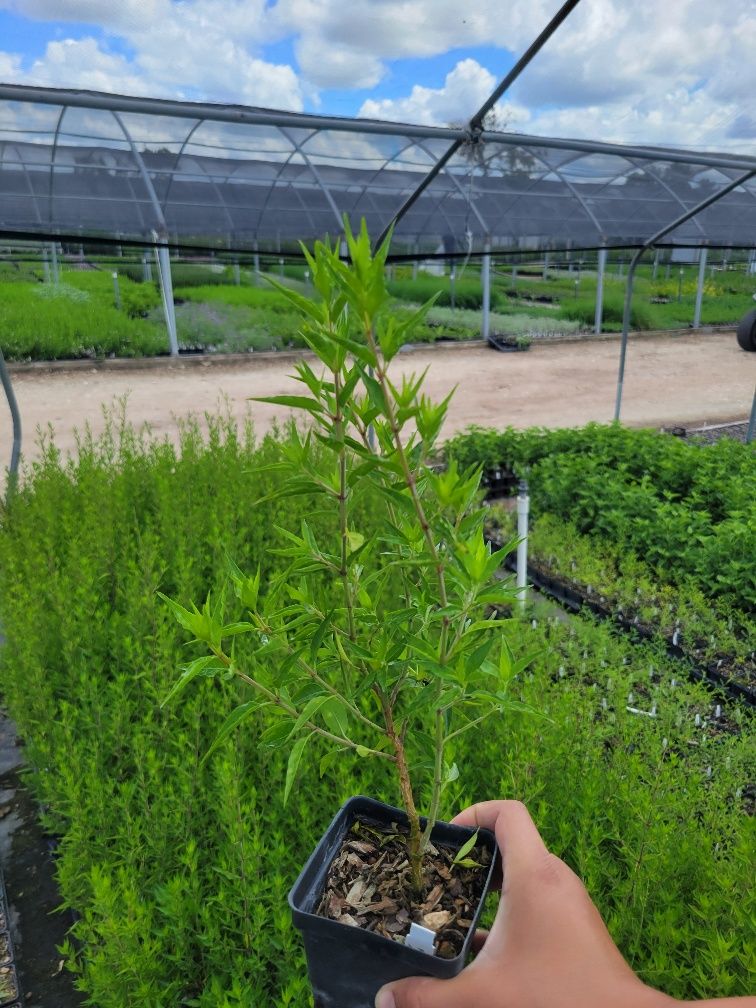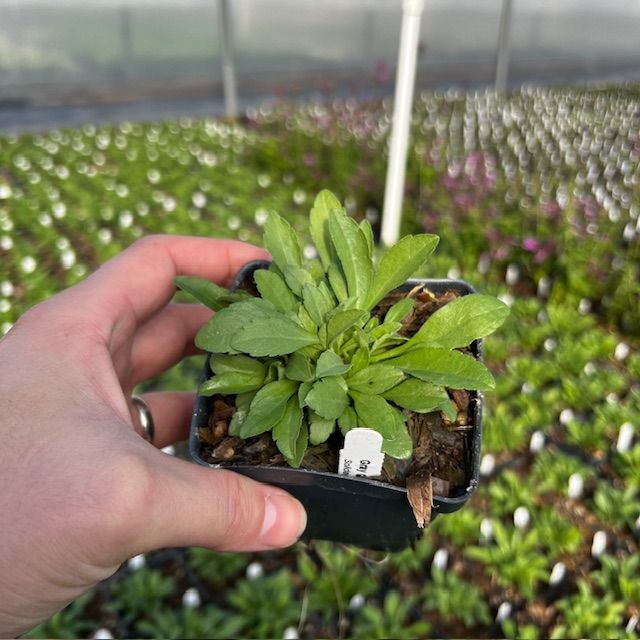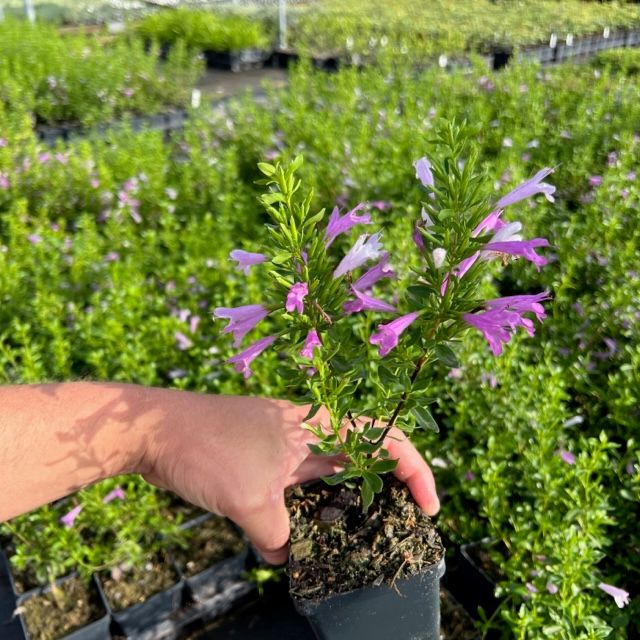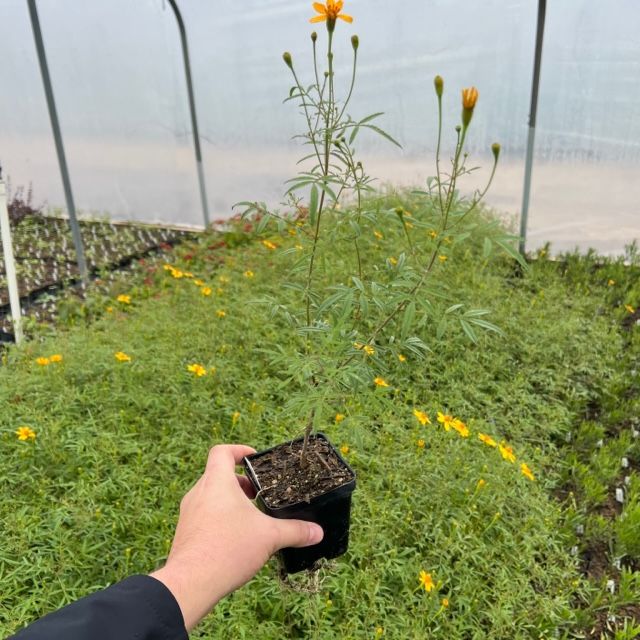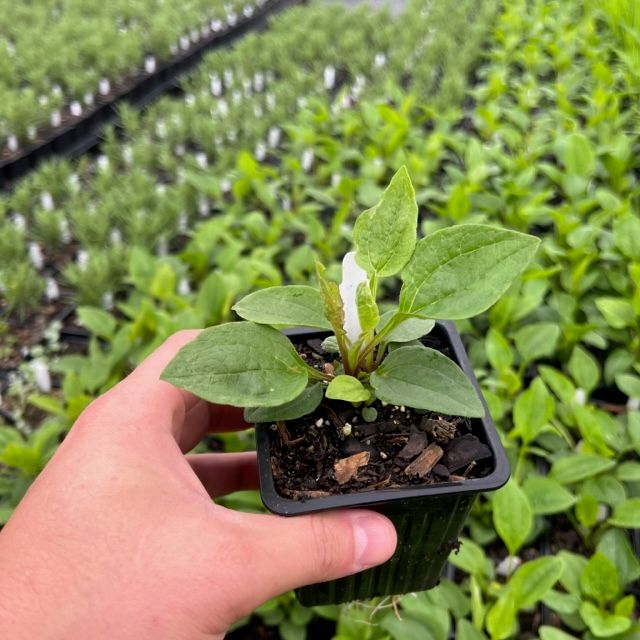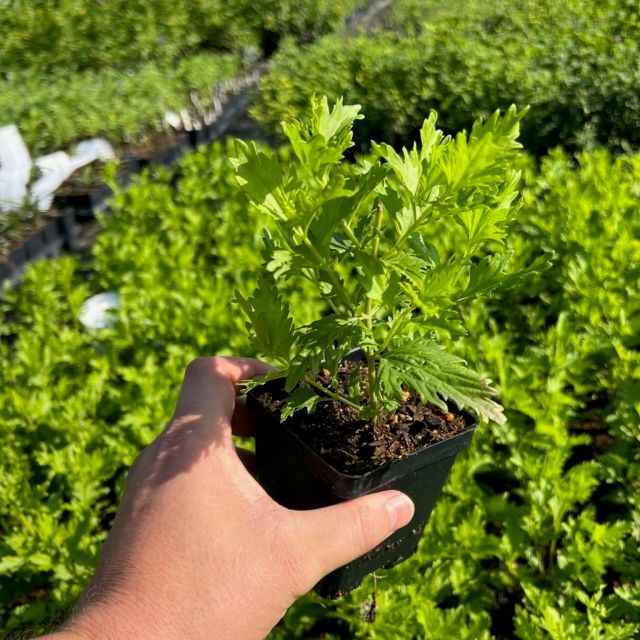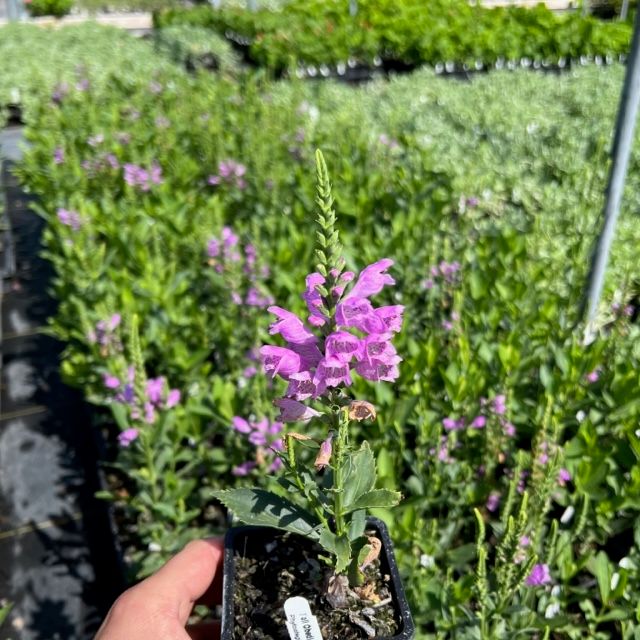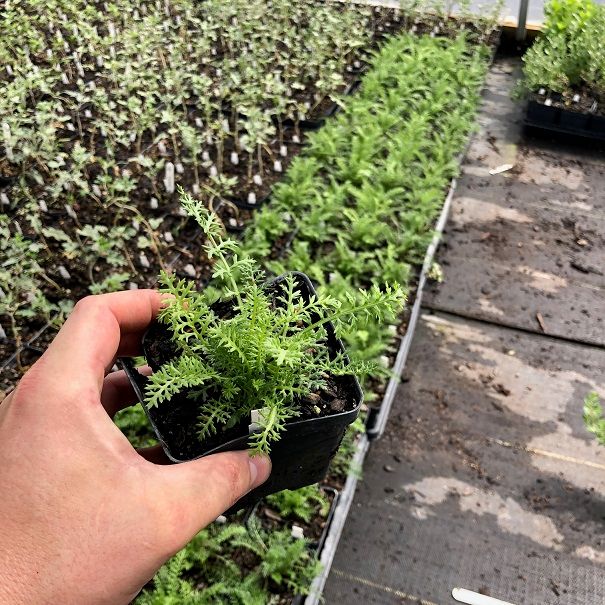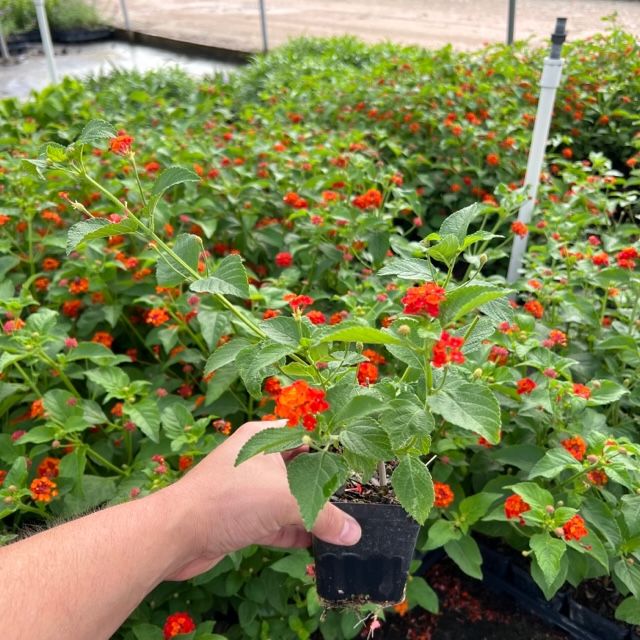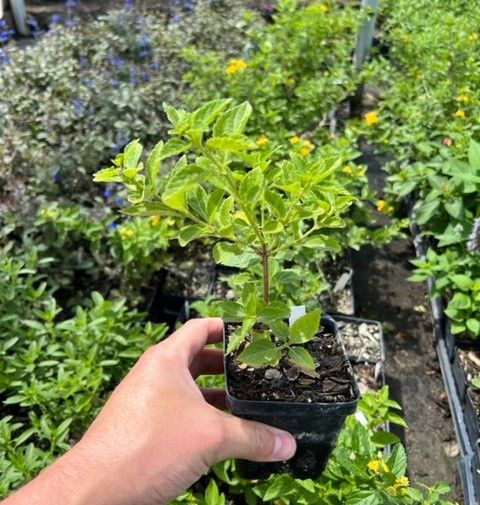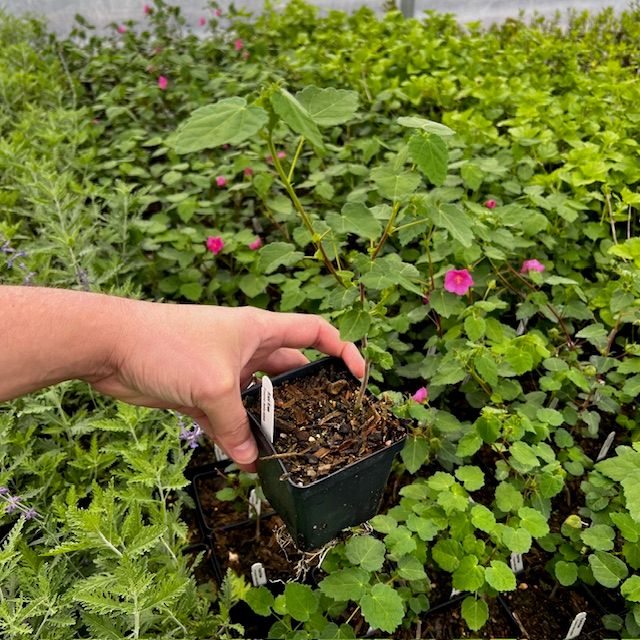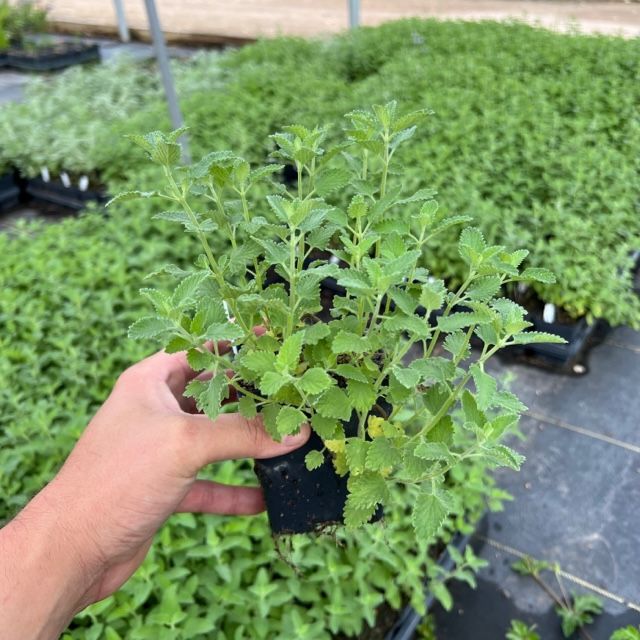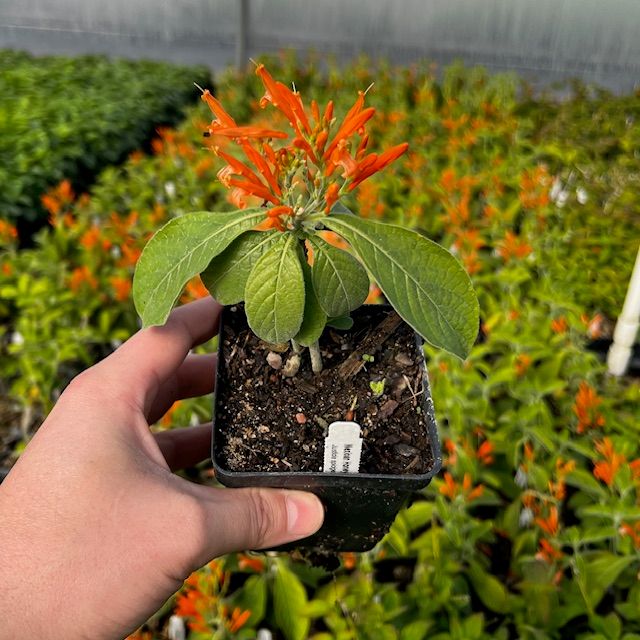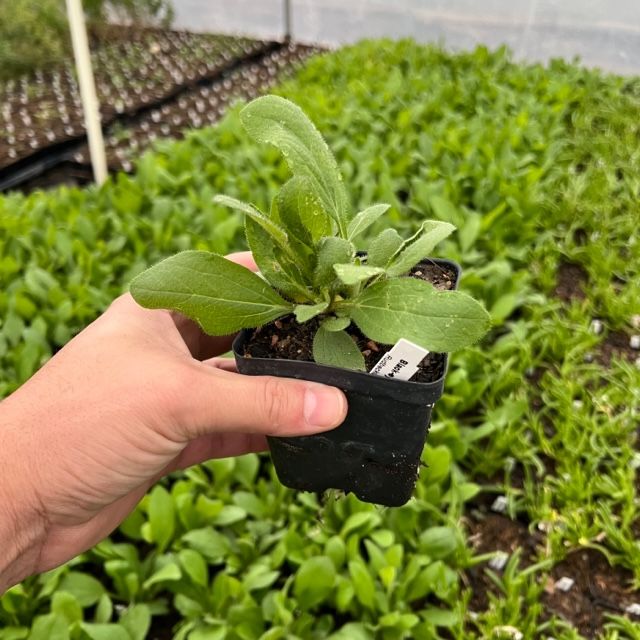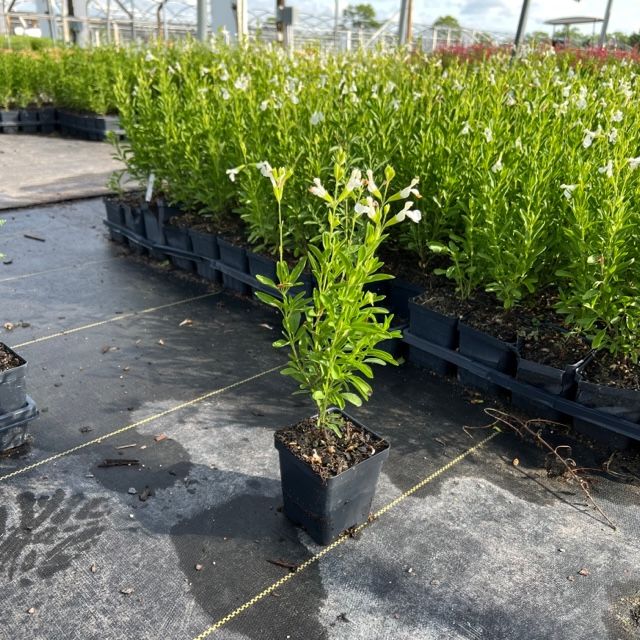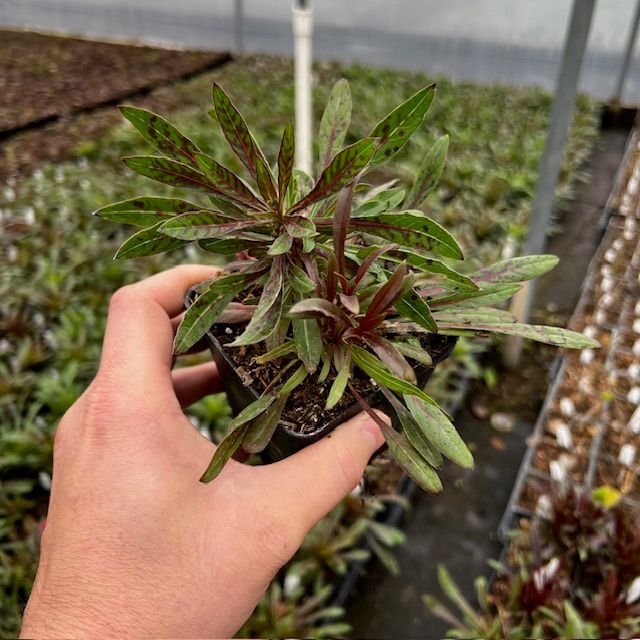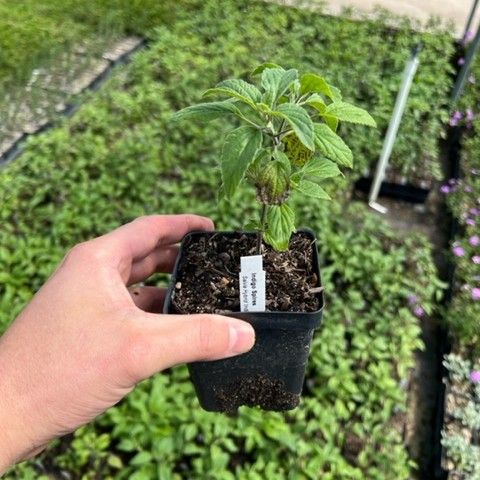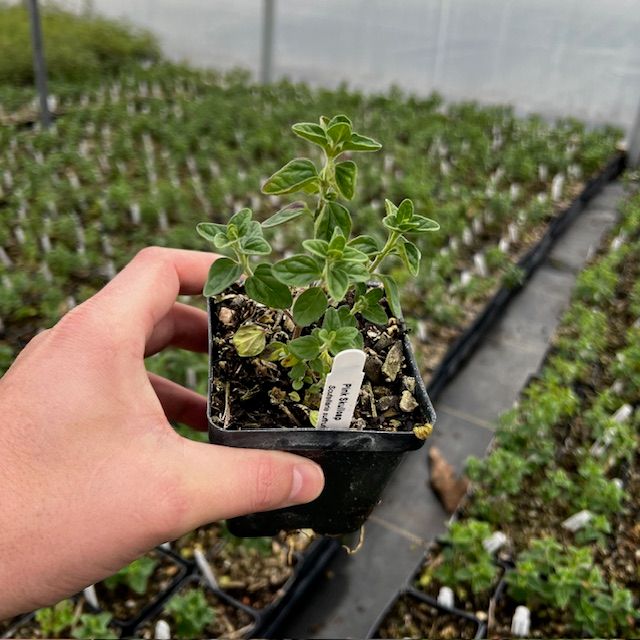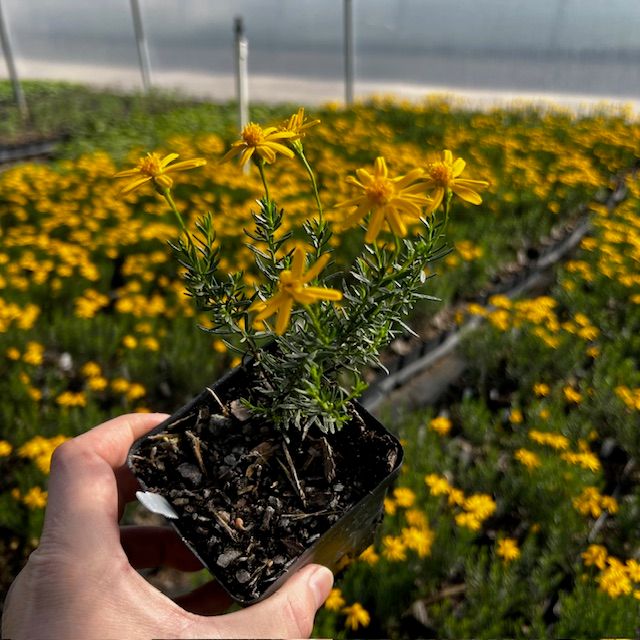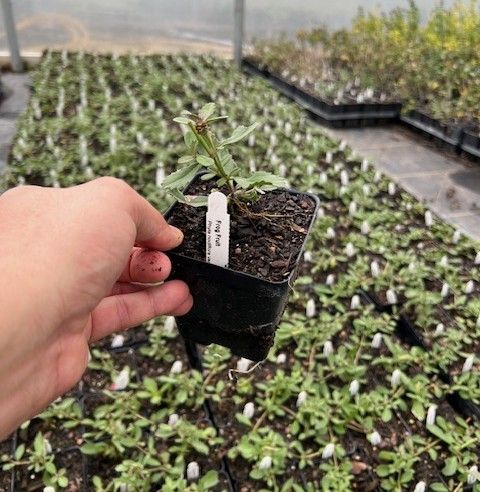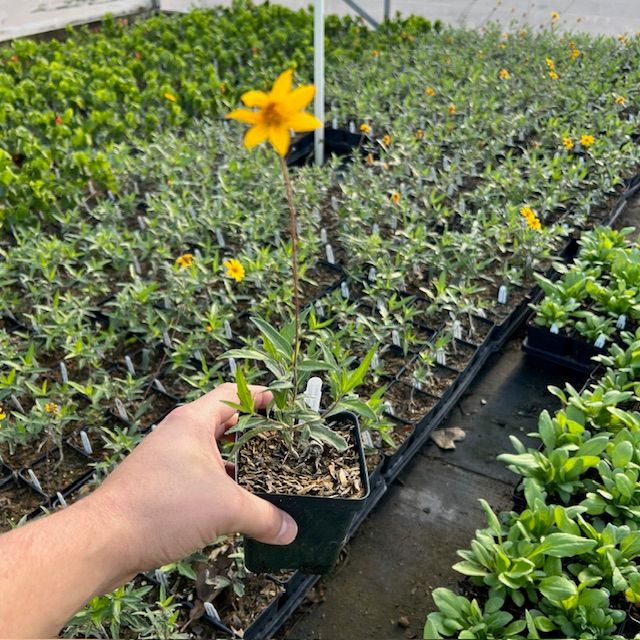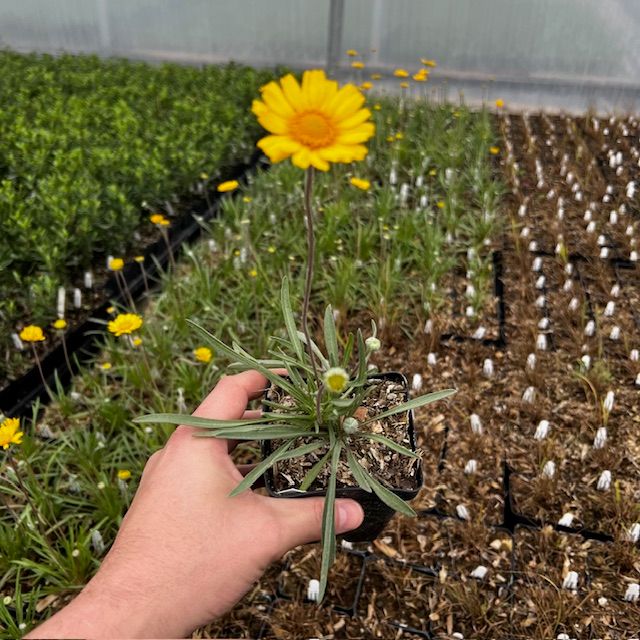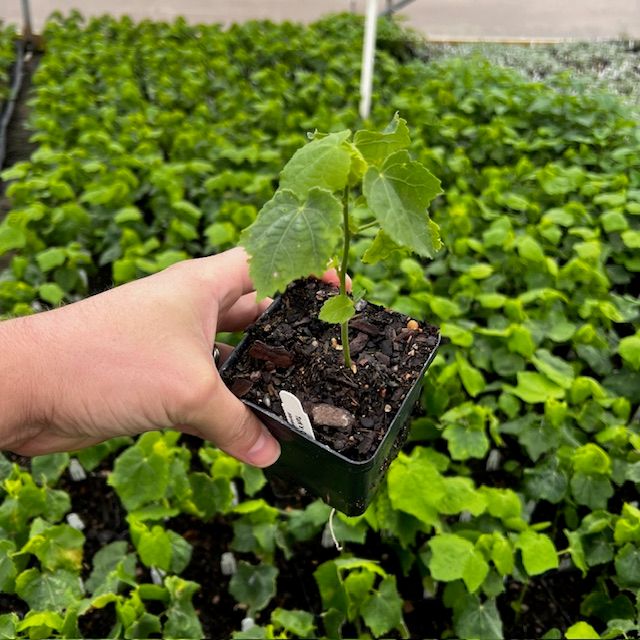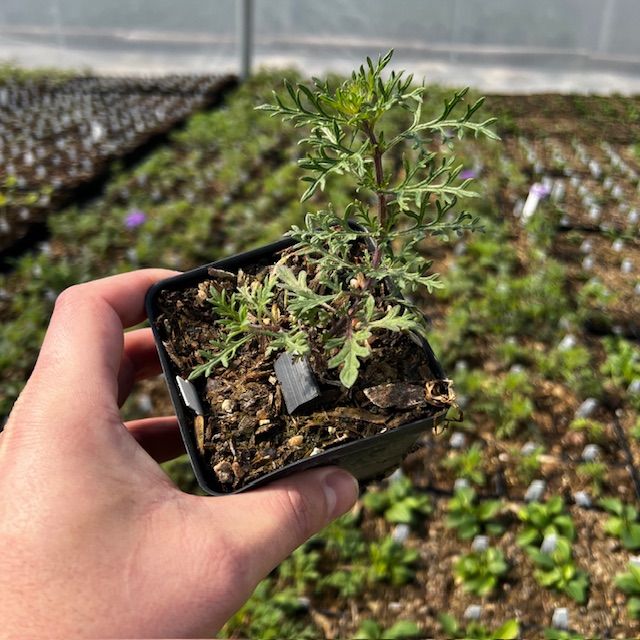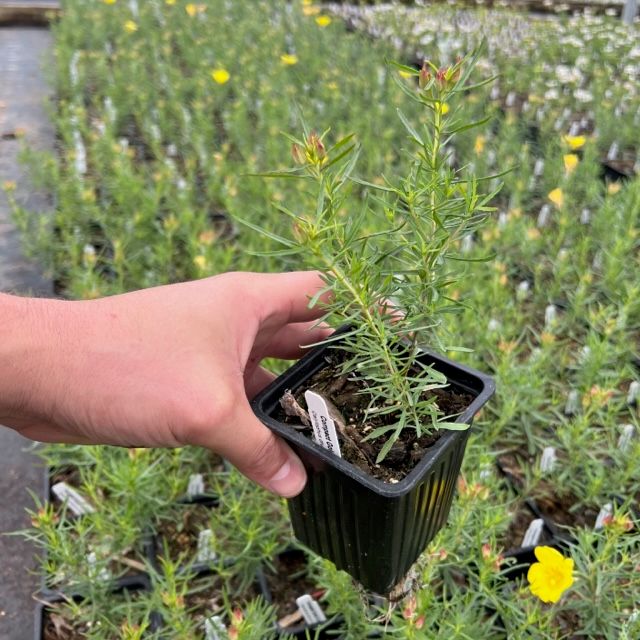DFW summers are hot and dry. Outdoor watering in the summertime often contributes to 40%+ of your water bill. In the 25+ years that Soils Alive has been working with DFW homeowners, we've advised many of our clients to update their landscaping with native plants. Native plants are well-adapted to our DFW weather and our heavy clay soils. Plus, when you use native plants, you'll also attract hummingbirds and butterflies.
Some of the plants we recommend are native to DFW (or other parts of Texas), while others are not from Texas but are very well adapted to our hot, dry summer conditions. If you're redesigning your entire landscape, we highly recommend Nativo Gardens for their landscape design experience with natives. If you want to start small and put in a 150 square foot wildlife garden, we sell trays of 20, 4" plants through Parent-Teacher Associations (PTAs) in DFW to help them raise money for their schools and you get access to high-quality perennial plants. Our trays of 20 plants provide you with 8 or more different types in a random mix, based on what's in stock and of highest quality. Here's the 25 plants we highly recommend for DFW homeowners.



























